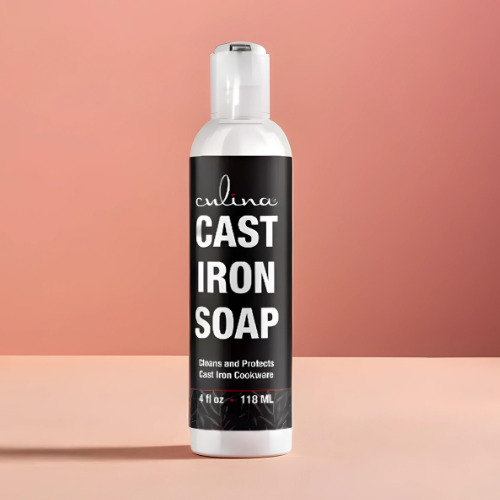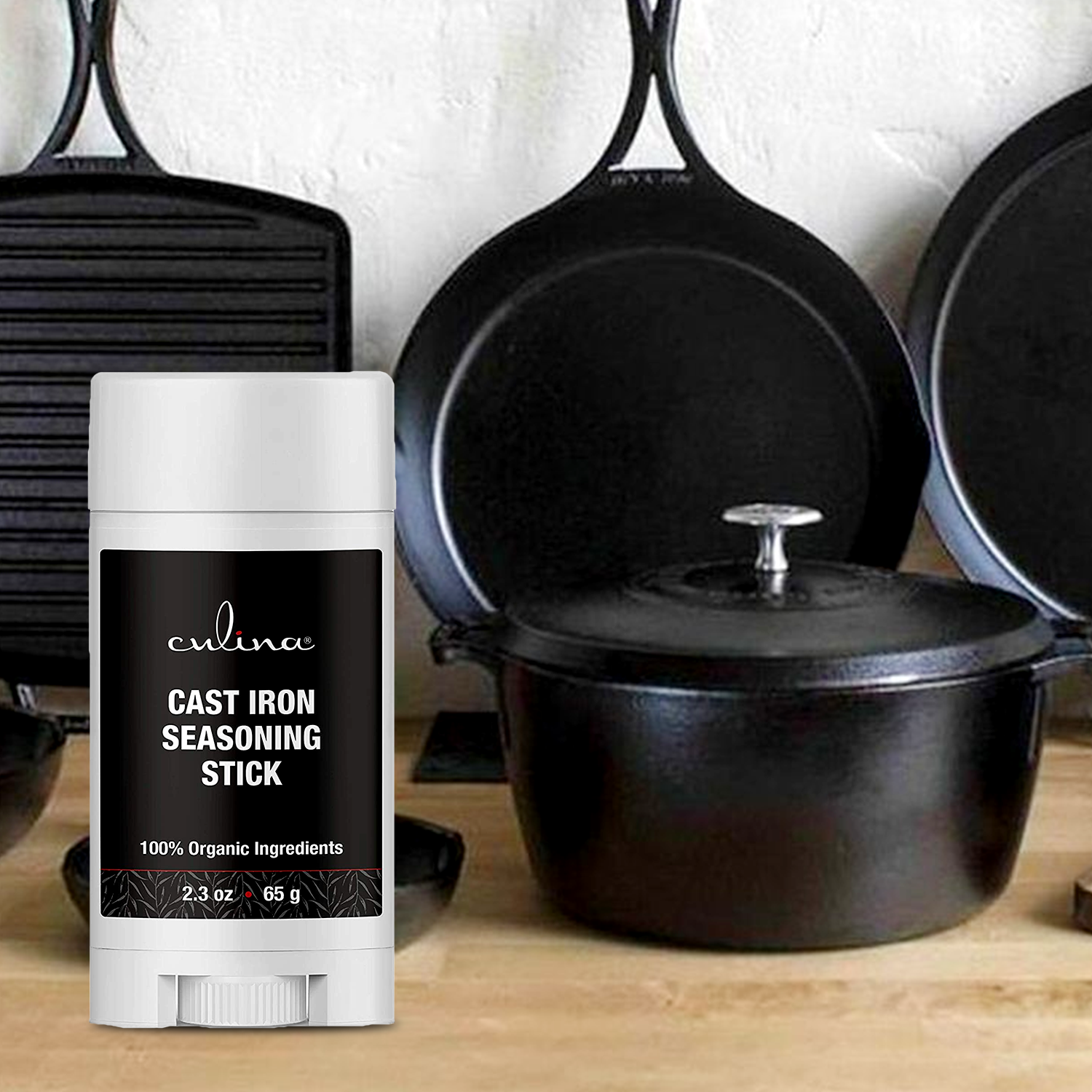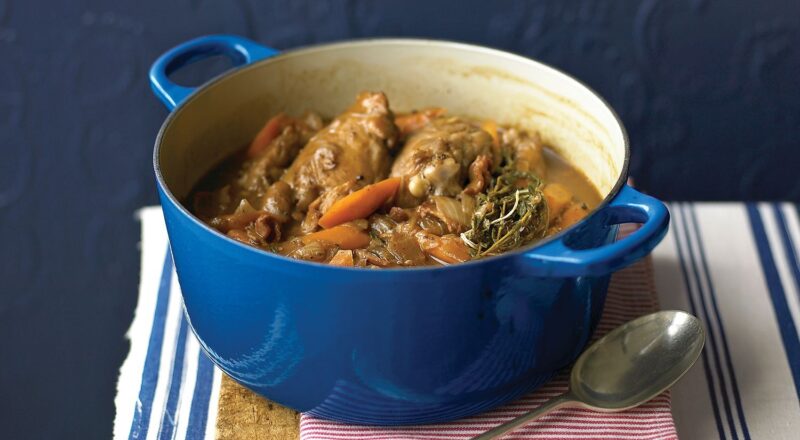Knowing how to tell what size Dutch oven you have is essential for any kitchen enthusiast or professional chef. Whether you are planning to make a hearty stew, bake a crusty loaf of bread, or roast a succulent chicken, the correct size Dutch oven can make all the difference. This comprehensive guide will help you determine the size of your Dutch oven and provide valuable insights on the various sizes available in the market.

What is a Dutch Oven?
A Dutch oven is a versatile piece of cookware that is a must-have in any kitchen. Typically made from cast iron, it is known for its ability to retain heat and cook food evenly. Dutch ovens come with tight-fitting lids and are perfect for braising, baking, frying, and more. To learn more about what a Dutch oven is, check out this guide.
:max_bytes(150000):strip_icc()/Web_1500-Testing-LeCreuset7.25QuartRoundDutchOven-16-WillDickey-1238-272-39e8c8ce0ce742f89c02f23acbee4664.jpg)
Why Size Matters
The size of your Dutch oven determines how much food you can cook at once, how well the food cooks, and even the variety of dishes you can prepare. Using the correct size ensures that you maximize the potential of your cookware.

Common Dutch Oven Sizes
Here is a general list of common Dutch oven sizes:
- 2 to 4 quarts: Suitable for small to medium-sized servings.
- 5 to 6 quarts: Ideal for medium-sized families or dishes.
- 7 to 9 quarts: Perfect for larger groups or bulk cooking.
- 10+ quarts: Great for large gatherings or commercial use.
How to Measure Your Dutch Oven
Check the Manufacturers Markings
One easy way to determine the size is by checking the bottom of your Dutch oven. Many manufacturers stamp the size on the base.
Use a Volume Measurement
Fill the Dutch oven with water using a measuring cup. The amount of water it holds will give you the volume in quarts.
Measure the Diameter and Height
Measure across the top from one edge to the other for diameter and from the base to the rim for height. These dimensions can be cross-referenced with size charts provided by the manufacturer.
Tips for Using Your Dutch Oven
- Always preheat it to ensure even cooking.
- Avoid sudden temperature changes to prevent cracking.
- Use it for recipes that require long cooking times like braises and stews.
Common Questions About Dutch Oven Sizes
How do I know if my Dutch oven is too big or too small for a recipe?
If your Dutch oven is too big, your food may spread out too thinly, affecting cooking time and texture. If it’s too small, it may overflow or cook unevenly.
Can I use a smaller Dutch oven for big recipes?
While you can use a smaller Dutch oven, you may need to cook in batches, which can affect your recipes outcome.
Does the material of the Dutch oven affect its cooking abilities?
Yes, cast iron Dutch ovens are excellent for heat retention and even cooking. Enameled versions offer the same benefits with easier cleanup.
For more detailed steps on measuring your Dutch oven, check out this guide.
Maintaining Your Dutch Oven
Proper maintenance is crucial for longevity.
Cleaning Your Dutch Oven
Clean your Dutch oven thoroughly after each use. For enameled Dutch ovens, avoid using harsh abrasives. Check out this article for tips on cleaning.
Seasoning Your Cast Iron Dutch Oven
Seasoning creates a non-stick surface and prevents rusting. Follow these steps:
- Preheat your oven to 375F (190C).
- Clean the Dutch oven with warm, soapy water.
- Dry it thoroughly and apply a thin layer of vegetable oil.
- Bake upside-down for an hour, then let it cool.
To understand more, read this guide.
Conclusion
Understanding how to tell what size Dutch oven you have is essential for optimal cooking. By measuring accurately, using it correctly, and maintaining it well, you can enjoy delicious meals for years. Happy cooking!
As an Amazon Associate, I earn from qualifying purchases.

